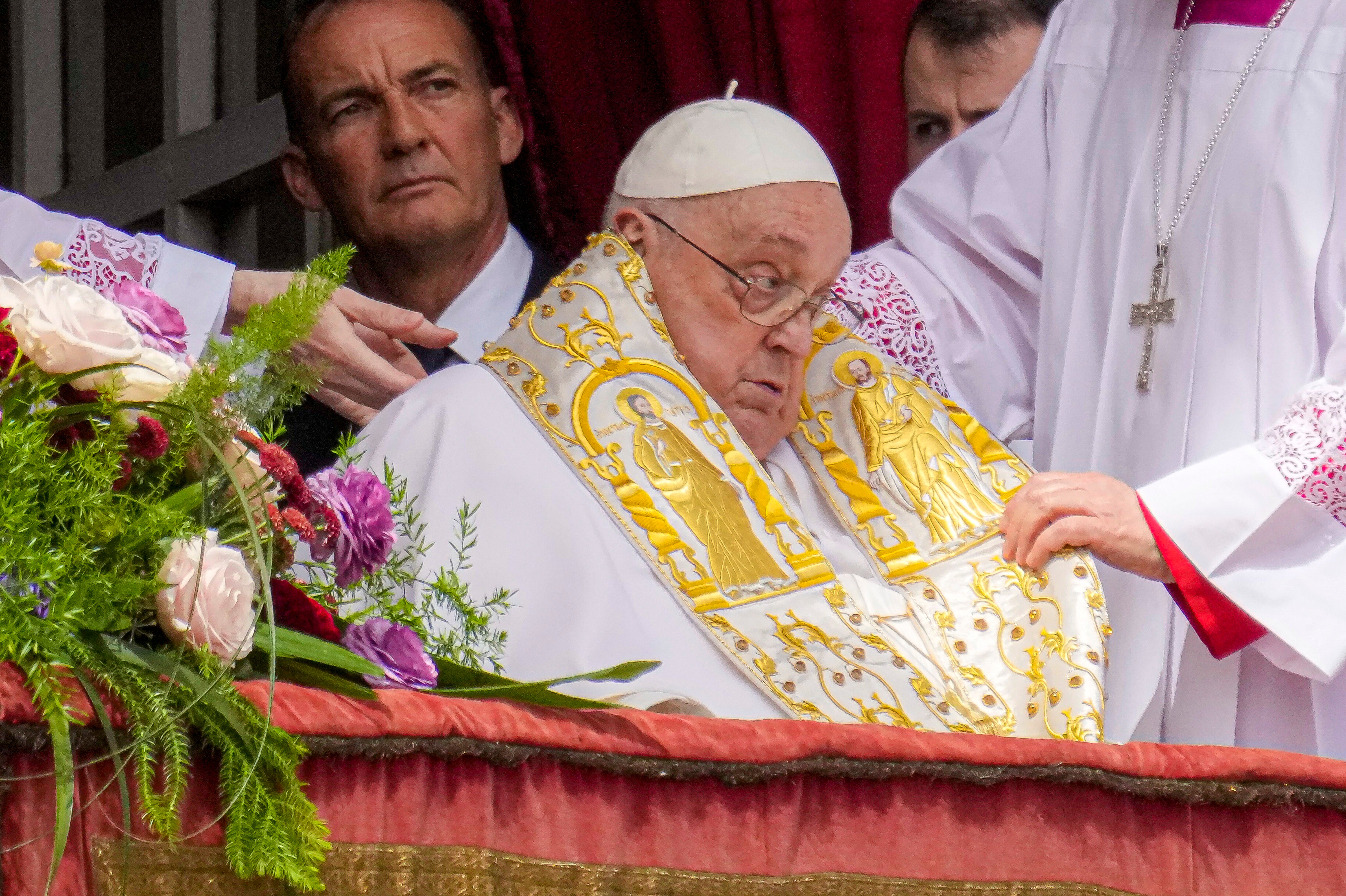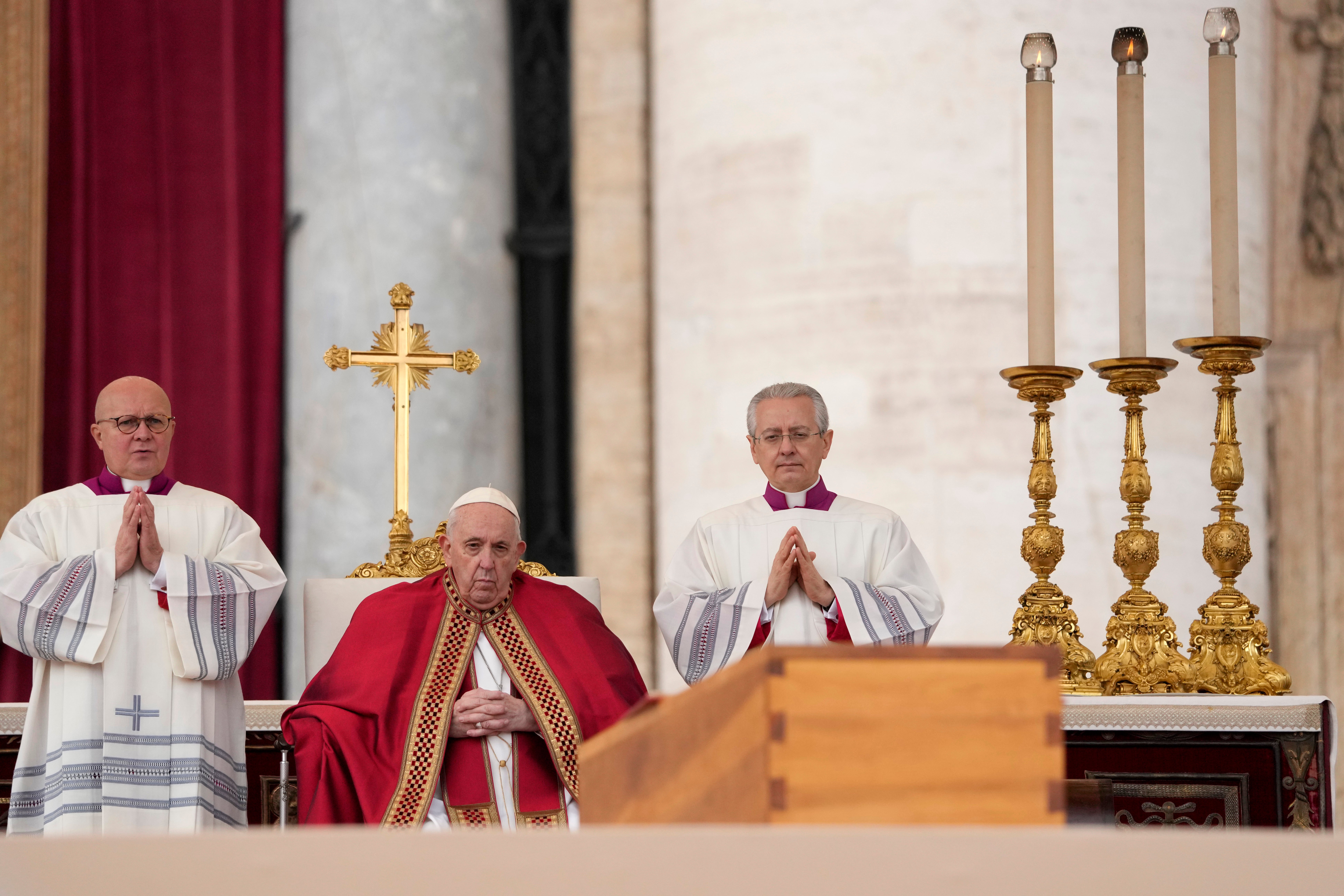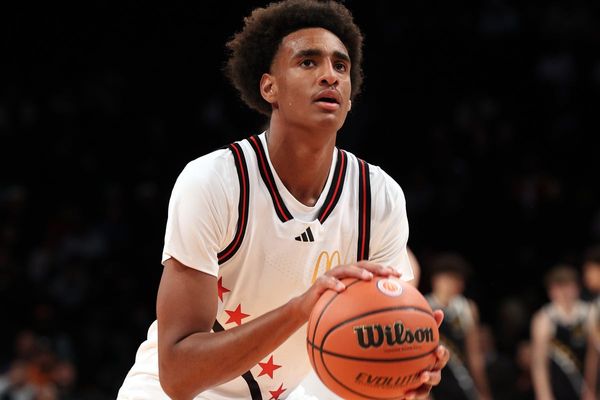
From the moment a pope passes, a meticulously choreographed sequence of rites and rituals unfolds, preceding the conclave that will ultimately choose his successor. These ceremonies, steeped in tradition, encompass the formal confirmation of death, the public viewing of the papal remains, the funeral mass, and finally, burial.
Pope Francis, who died on Monday, had already reshaped some of these customs last year. His revisions streamlined the funeral rituals, emphasising his role as a bishop, a shepherd among his flock. He also paved the way for burial outside the Vatican walls, reflecting his personal preferences. Despite these modifications, the fundamental elements of the transition remain, including three key moments observed between a pope’s death and his interment.
The reforms are incorporated into the slim red volume, Ordo Exsequiarum Romani Pontificis,Latin for “Rite of Burial for Roman Pontiffs”.
While popes often tinker with the rules regulating the conclave that elects their successor, a revision of the papal funeral rites hadn’t been undertaken since 2000.
The changes became necessary after Francis expressed his own wishes, and after Emeritus Pope Benedict XVI died on 31 December 2022. For Benedict, the Vatican had to work out the novelty of a funeral for the first retired pope in 600 years.
A few months later, Francis revealed he was working with the Vatican’s master of liturgical ceremonies, Archbishop Diego Ravelli, to overhaul the entire book of rites to simplify them.

In explaining the reforms, Ravelli said the changes aimed “to emphasise even more that the Roman Pontiff’s funeral is that of a pastor and disciple of Christ and not of a powerful man of this world”.
The declaration of death
The three main stations, or moments, occur first in his home, then in St Peter’s Basilica, and then in the place of burial.
The reform allows for the formal confirmation of death to occur in Francis’ personal chapel rather than his bedroom. It is unclear why – the change may be more practical than anything since Francis chose to live in a small suite in the Vatican’s Santa Marta hotel rather than the Apostolic Palace. He had a personal chapel at Santa Marta.
Upon the pope’s death, the head of the Vatican health service examines the body, ascertains the cause of death and writes a report. The body is dressed in white.
The body rests in the pope’s personal chapel for the ritual pronouncement of death, presided over by the camerlengo, the Vatican official who runs the Holy See administration between the death or resignation of one pope and the election of another. The camerlengo is American Cardinal Kevin Farrell, one of Francis’ most trusted aides.
In a change from the past, the rite no longer requires the body to be placed in the traditional three coffins made of cypress, lead and oak. Now, the pope’s body is placed in a wooden coffin, with a zinc coffin inside. The pope is dressed in red liturgical vestments, his mitre – the traditional headdress of bishops – and the pallium woolen stole, a kind of scarf. The Pasqual candle, a large, decorated candle used at Easter, is placed nearby.
The camerlengo drafts the formal declaration of death, attaching the certificate that has been prepared by the health service chief.
The master of liturgical celebrations, Ravelli, then decides when other faithful can pay their respects before the coffin is moved to St Peter’s Basilica for public viewing.
When the body is brought into the basilica, the Litany of Saints chant is sung. The camerlengo leads the procession.
In another change, the pope’s body is no longer placed on an elevated bier. Rather, the simplified wooden coffin is placed facing the pews, with the Pasqual candle nearby.
The sealing of the coffin
The night before the funeral, the camerlengo presides over the closing and sealing of the coffin, in the presence of other senior cardinals. A white cloth is placed over the pope’s face.
A bag containing coins minted during his papacy is placed in the coffin along with a one-page written account of his papacy, known in Italian as a rogito, a word indicating an official deed. It is read aloud by the master of liturgical ceremonies and then rolled up and slipped inside a cylindrical tube that is placed inside the coffin. Another copy is kept in the Vatican archives. The covers of both the zinc coffin and the wooden one bear a cross and the papal coat of arms.

Francis’ coat of arms, which he kept from when he was bishop, features a shield and the monogram of his Jesuit order, with the words “Miserando atque eligendo,” Latin for “Having had mercy, he called him.” It comes from an episode in the Bible when Christ picks a seemingly unworthy person to follow him.
The Pope’s funeral
The funeral is presided over by the dean of the College of Cardinals or, if that is not possible, by the vice-dean or another senior cardinal. The current dean is Italian Cardinal Giovanni Battista Re, 91. The vice-dean is Argentine Cardinal Leonardo Sandri, 81. Francis earlier this year extended both of their five-year terms rather than appoint new ones.
Francis’ reform allows for burial outside the Vatican, with the camerlengo presiding. Various seals are impressed on the coffin, and it is placed inside the tomb.
Francis has said he wants to be buried not in St Peter’s Basilica or its grottoes, where most popes are buried, but in the St Mary Major Basilica across town. His choice reflects his veneration of an icon of the Virgin Mary that is located there, the Salus Populi Romani (Salvation of the people of Rome).
After every foreign trip, Francis would go to the basilica to pray before the Byzantine-style painting that features an image of Mary, draped in a blue robe, holding the infant Jesus who in turn holds a jewelled golden book.
“It’s my great devotion,” Francis told Mexico’s N+ in revealing his future burial plans. “The place is already prepared.”
With the burial, the Catholic Church begins nine days of official mourning, known as the “novemdiales” and the conclave begins.
Pope Francis’s social values ‘resonated with Scotland’ – Archbishop of Glasgow
Who could be the next Pope? Cardinals who might succeed head of the Catholic Church
AP PHOTOS: Pope Francis on Easter Sunday
Chipotle Mexican Grill heads to Mexico to open its 1st location south of the border
Pope Francis latest: Tributes paid after head of Catholic church dies aged 88
Ukraine war live: Putin launches massive air raid as Easter truce ends







